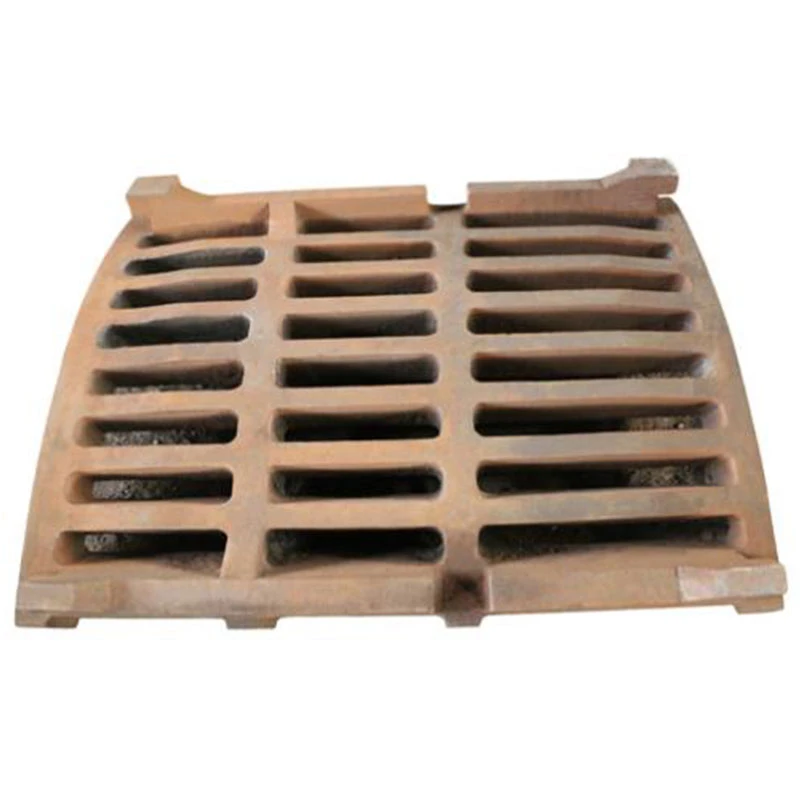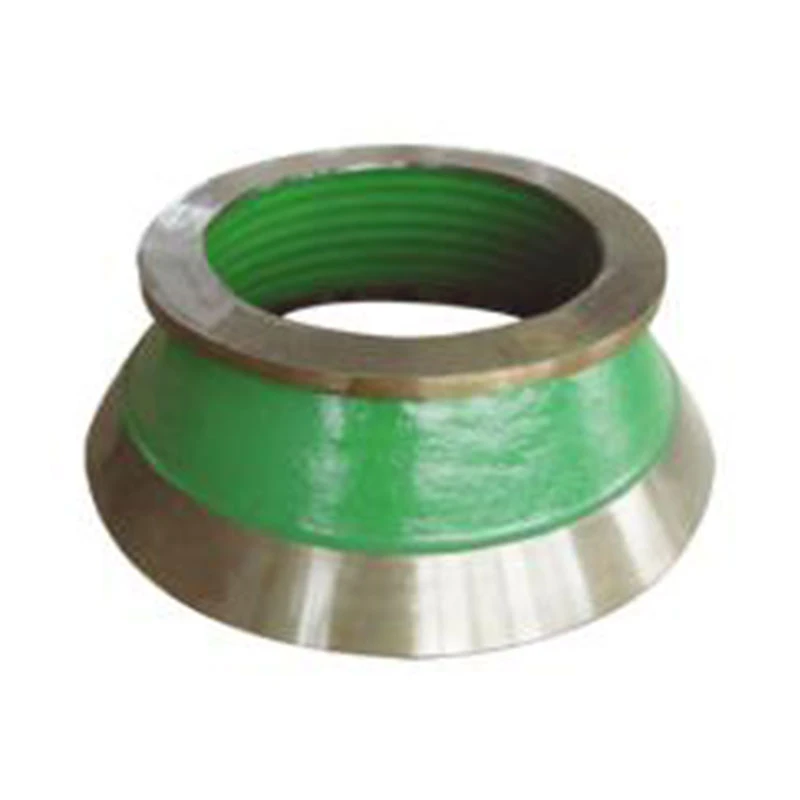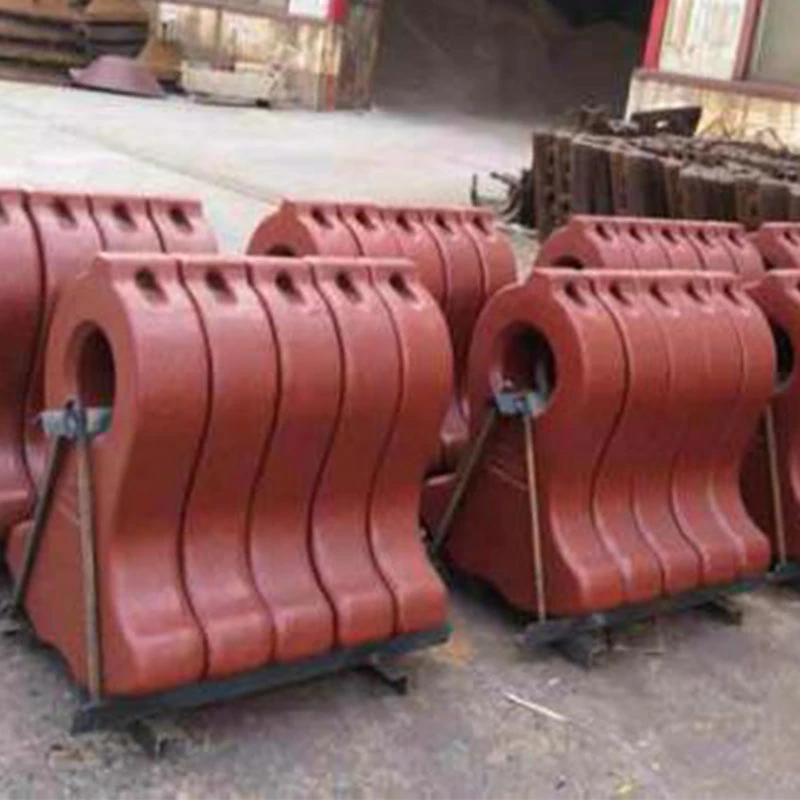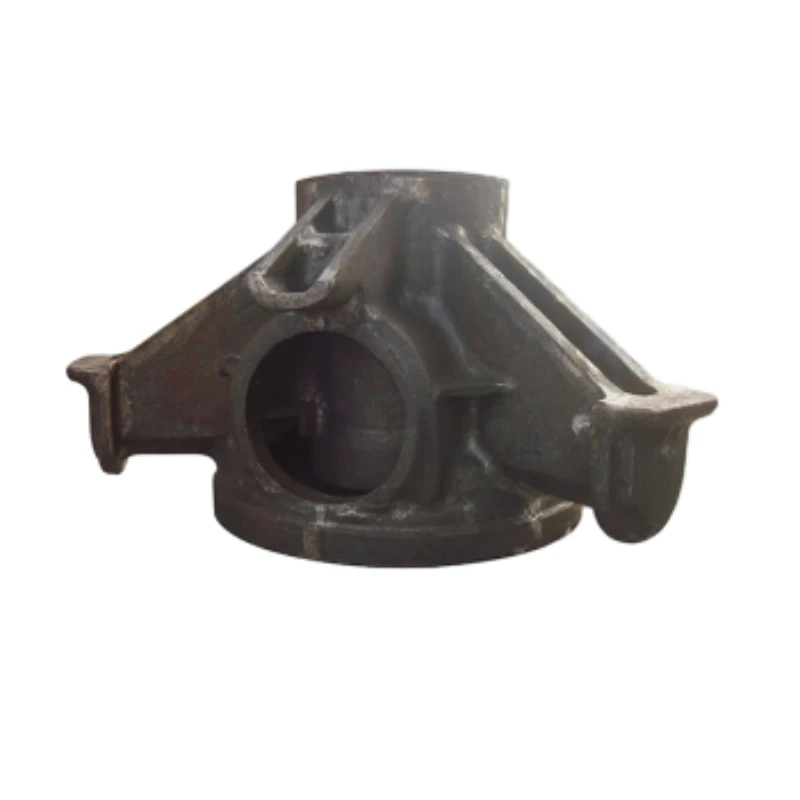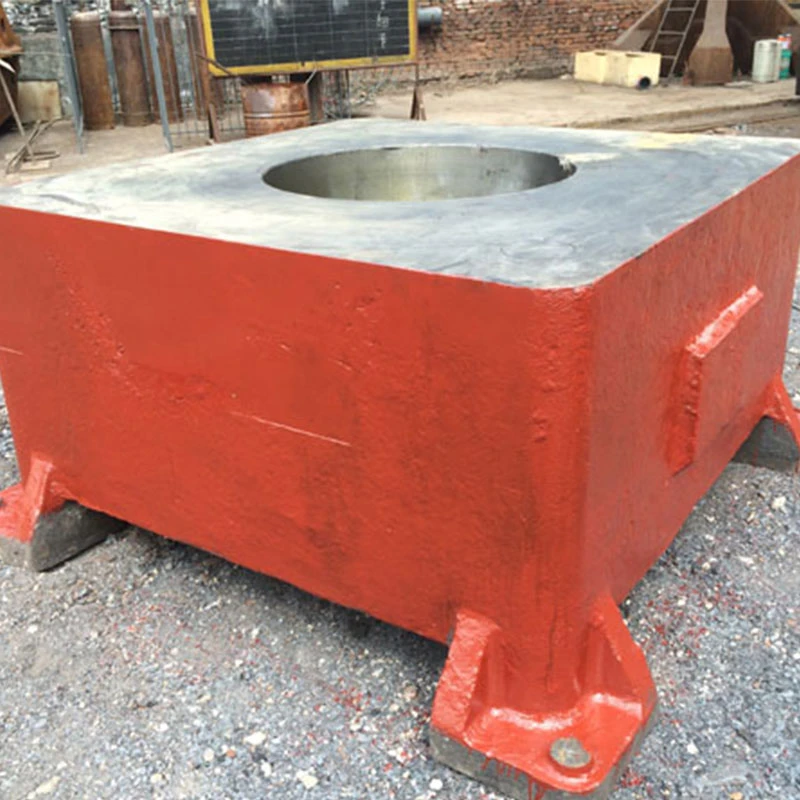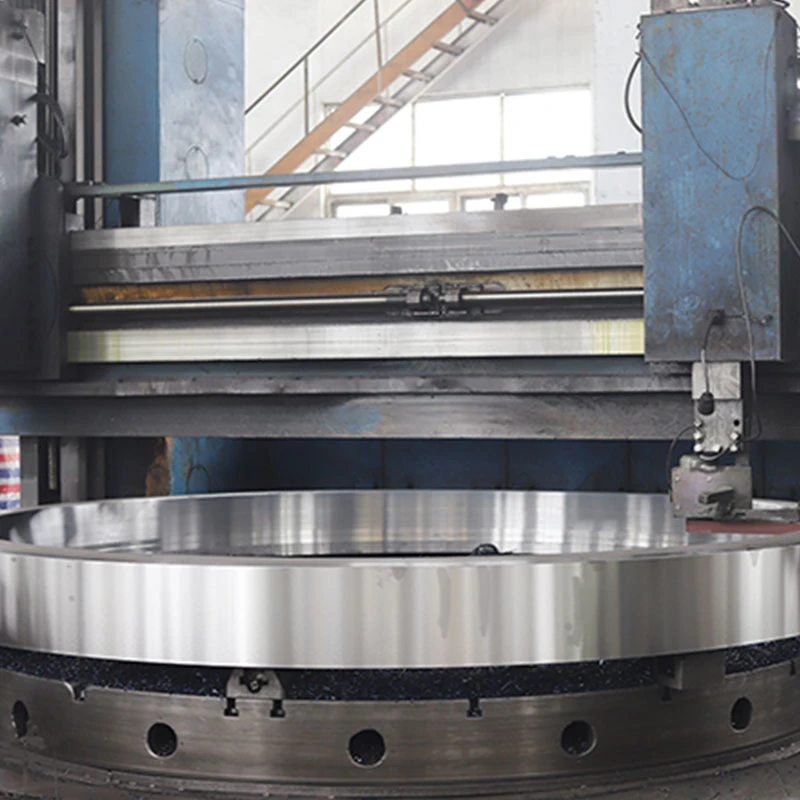- Afrikaans
- Albanian
- Amharic
- Arabic
- Armenian
- Azerbaijani
- Basque
- Bengali
- China
- China (Taiwan)
- Czech
- Danish
- Dutch
- English
- French
- German
- Greek
- Gujarati
- Haitian Creole
- hausa
- Miao
- Hungarian
- igbo
- Indonesian
- Italian
- Japanese
- Javanese
- Rwandese
- Korean
- Kyrgyz
- Lao
- Lithuanian
- Luxembourgish
- Macedonian
- Malgashi
- Malay
- Mongolian
- Myanmar
- Nepali
- Norwegian
- Persian
- Polish
- Portuguese
- Punjabi
- Russian
- Spanish
- Swahili
- Swedish
- Telugu
- Vietnamese
Jul . 22, 2025 05:01 Back to list
Premium Jaw Crusher Parts & Wear-Resistant Jaw Plates
Industry Analysis & Technical Solutions by Zen Young Technology
Introduction to Jaw Crusher Technology
Jaw crusher parts are fundamental components in mineral processing operations globally. These critical wear components significantly impact crushing efficiency, operational costs, and plant productivity. As mining operations face increasingly challenging conditions and higher throughput demands, innovative crusher jaw plate designs have become paramount for maintaining competitive advantage. Modern jaw plate crusher technology incorporates advanced metallurgical solutions and optimized geometries that extend service life by 30-50% compared to conventional designs.
Premium Jaw Crusher Wear Parts
Introducing the innovative Manganese Alloy Sieve Plate, the ultimate solution for industries demanding superior durability and efficiency in their screening and filtering operations.
Industry research indicates a growing trend toward specialized alloys for crusher wear plates, particularly in high-abrasion applications like granite and basalt processing. Recent studies in the International Journal of Mineral Processing (2023) have demonstrated that optimized tooth profiles on crusher jaw plate casting can reduce energy consumption by up to 18% while increasing throughput by 12-15%.
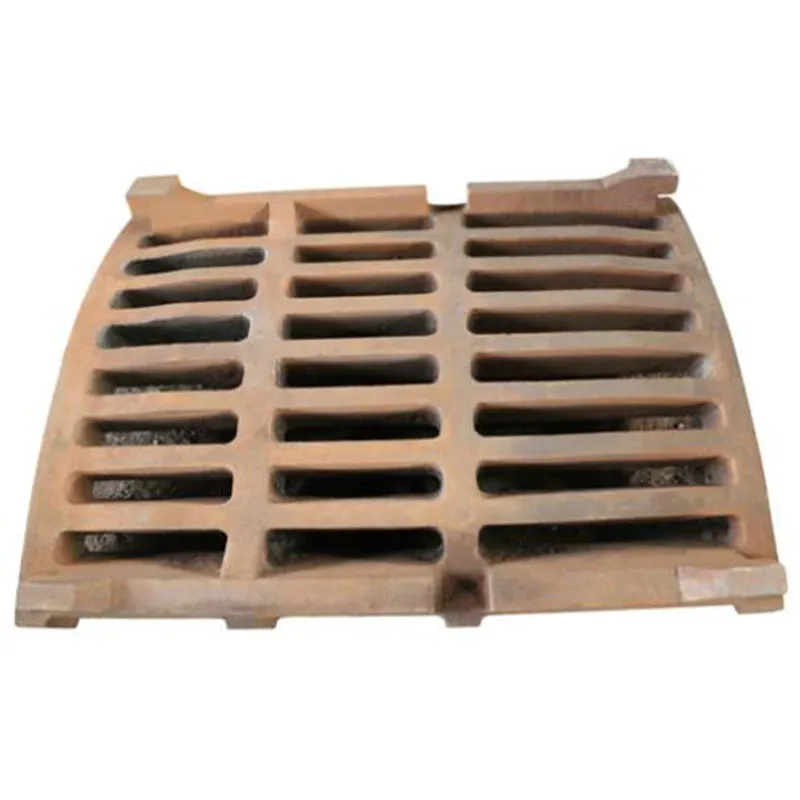
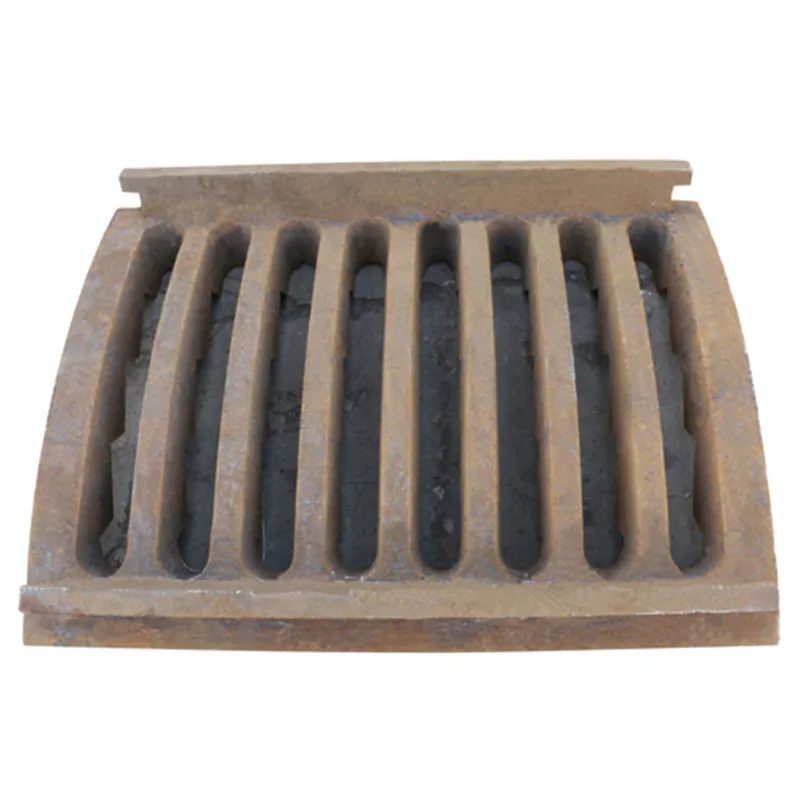
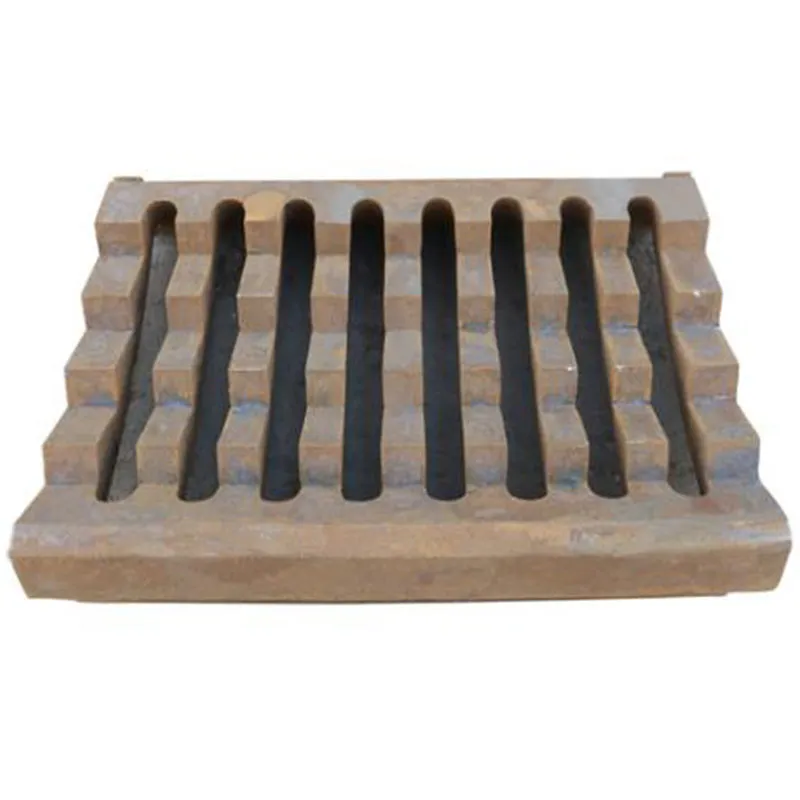
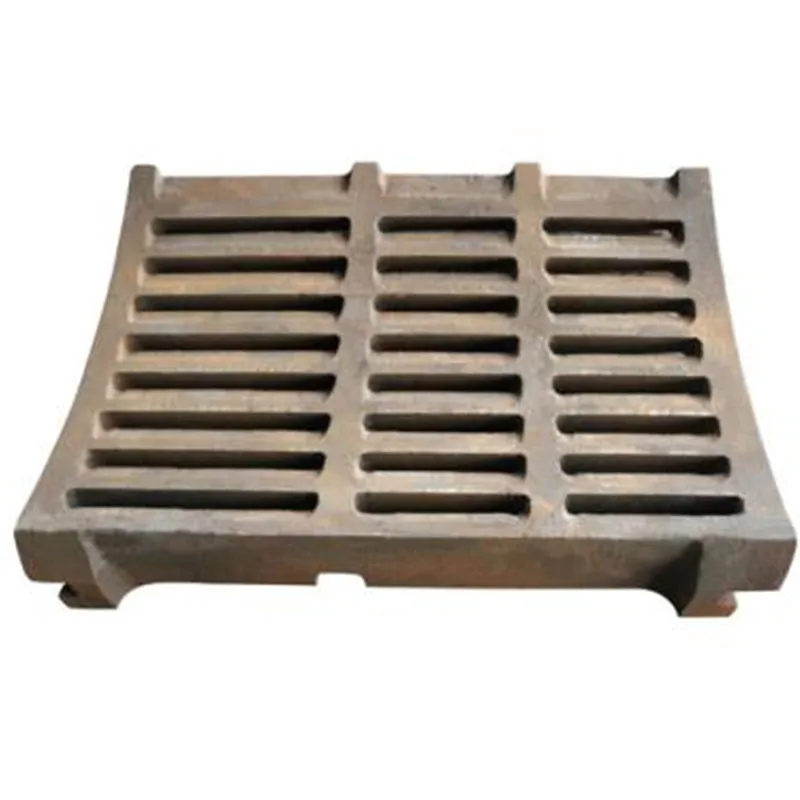
Technical Specifications & Industry Standards
Understanding the precise engineering specifications of jaw crusher parts is critical for optimal performance. Crusher jaw plate dimension tolerance has tightened to ±0.05mm in premium components, ensuring perfect alignment with crusher frame elements. International standards now require comprehensive material testing for all jaw plate crusher components including Charpy impact testing at -40°C to ensure performance in extreme conditions.
| Parameter | Standard Specification | Premium Specification | Testing Standard |
|---|---|---|---|
| Material Hardness (BHN) | 200-220 | 230-260 (Zen Young Enhanced Alloy) | ASTM E10 |
| Impact Toughness (Joule) | ≥25 | ≥48 (Zen Young Specialty Grade) | ISO 148-1 |
| Wear Resistance Index | 1.0 (Baseline) | 1.7-2.0 | ASTM G65 |
| Working Temperature Range | -20°C to 120°C | -40°C to 180°C | ISO 6892 |
| Surface Pressure Tolerance | 120 MPa | 220 MPa | DIN 50106 |
| Expected Lifespan (Granite) | 120,000-150,000 MT | 230,000-300,000 MT | ISO 13314 |
| Installation Tolerance | ±1.2mm | ±0.05mm (Precision Grade) | ISO 2768-1 |
Zen Young Technology's advanced crusher wear plates incorporate patented NanoCarb™ technology that creates micro-hard regions in the manganese matrix. This innovation, documented in the Mining Engineering Journal (Volume 45, Issue 7), demonstrates a 40% reduction in deformation under impact loading compared to conventional crusher jaw plate casting processes. Applications demanding extreme wear resistance benefit from our 3D wave-lock tooth profile that reduces replacement frequency by up to 62%.
Market Trends & Performance Analytics
Recent market analysis reveals significant growth in specialized jaw crusher parts for recycling applications. The global jaw plate market is projected to reach $1.2 billion by 2027 (Aggregates & Mining Insights Report, 2023), driven by increasing construction in developing economies. Industry 4.0 has transformed crusher jaw plate management through IoT-enabled wear monitoring systems that predict replacement intervals with 95% accuracy.
Zen Young's research indicates that proper selection of jaw plate crusher components can reduce processing costs by $8.75 per ton in high-production quarries. Our proprietary HYCO (Hybrid Composite Overlay) technology creates a unique hardness gradient from 300 BHN at the surface to 220 BHN at the core, optimizing both impact resistance and wear characteristics of crusher wear plates. Field trials at multiple hard-rock mining operations have demonstrated 78% reduction in unplanned downtime related to crusher jaw plate casting failures.
Expert FAQ: Jaw Crusher Parts Technical Knowledge
Technical Implementation & Future Innovation
The most significant advancement in jaw crusher parts technology is the development of hybrid alloys using computational material design. As documented in "Advanced Materials for Crushing Applications" (CRC Press, 2023), Zen Young has pioneered multi-phase alloys containing metastable austenite (70-75%), transformed martensite (20-25%), and nanocarbide dispersions (5-8%). This proprietary microstructure increases the strain-hardening rate by 300% compared to conventional Hadfield steels.
Field data from more than 170 installations demonstrates the superior performance of our next-generation crusher jaw plate solutions. In granite processing plants, service life increased from 140,000 tonnes to 290,000 tonnes between replacements. For highly abrasive iron ore applications, replacement intervals improved from 42 days to 78 days, representing a 46% reduction in annual replacement costs for jaw plate crusher components.
Looking ahead, AI-driven material design promises to revolutionize crusher wear plates. Neural network analysis of 120,000 operational hours from IoT-enabled components identifies precise alloy compositions for specific applications. Our upcoming SmartPlate 3.0 technology will incorporate machine vision systems that automatically detect wear patterns and predict optimal replacement timing within 24-hour accuracy windows. These advancements continue to elevate the technical standards for crusher jaw plate casting worldwide.
Technical References & Industry Publications
- Zhang, L., et al. (2023). "Advanced Microstructure Design in Crusher Jaw Plate Alloys." Materials Science and Engineering A, 865, 144126. https://doi.org/10.1016/j.msea.2023.144126
- International Mineral Processing Council (2023). "Global Crusher Wear Parts Market Analysis: 2023-2030." https://www.impcouncil.org/wear-parts-report-2023
- Anderson, P., & Schmidt, R. (2023). "Computational Optimization of Jaw Crusher Plate Profiles." Journal of Mining Engineering, 58(3), 45-63. https://doi.org/10.1016/j.jmineng.2023.01.007
- European Aggregates Association (2023). "Best Practice Guide: Jaw Crusher Maintenance & Optimization." https://www.europeanaggregates.org/technical-papers/crusher-maintenance
- Zen Young Technology White Paper (2023). "Hybrid Alloy Technology in Crushing Applications." https://www.miningzy.com/research/hybrid-alloy-technology
- ASTM International (2023). "Standard Specification for Crusher Wear Plates (ASTM A128M-2023)." https://www.astm.org/a128m-23
-
Low-Cost Borehole Drilling Machine for Small-Scale Projects
NewsJul.11,2025
-
Carbide Bullet Teeth for Abrasive Formations: Powering Industrial Drilling Efficiency
NewsJul.11,2025
-
Advantages of Down-the-Hole Drill Bits in Geothermal Projects
NewsJul.11,2025
-
Hole Hammer Use in Water Well Drilling
NewsJul.11,2025
-
Benefits of a Mobile Diesel Compressor in Construction
NewsJul.11,2025
-
Benefits of Diesel Portable Screw Air Compressors
NewsJul.11,2025





